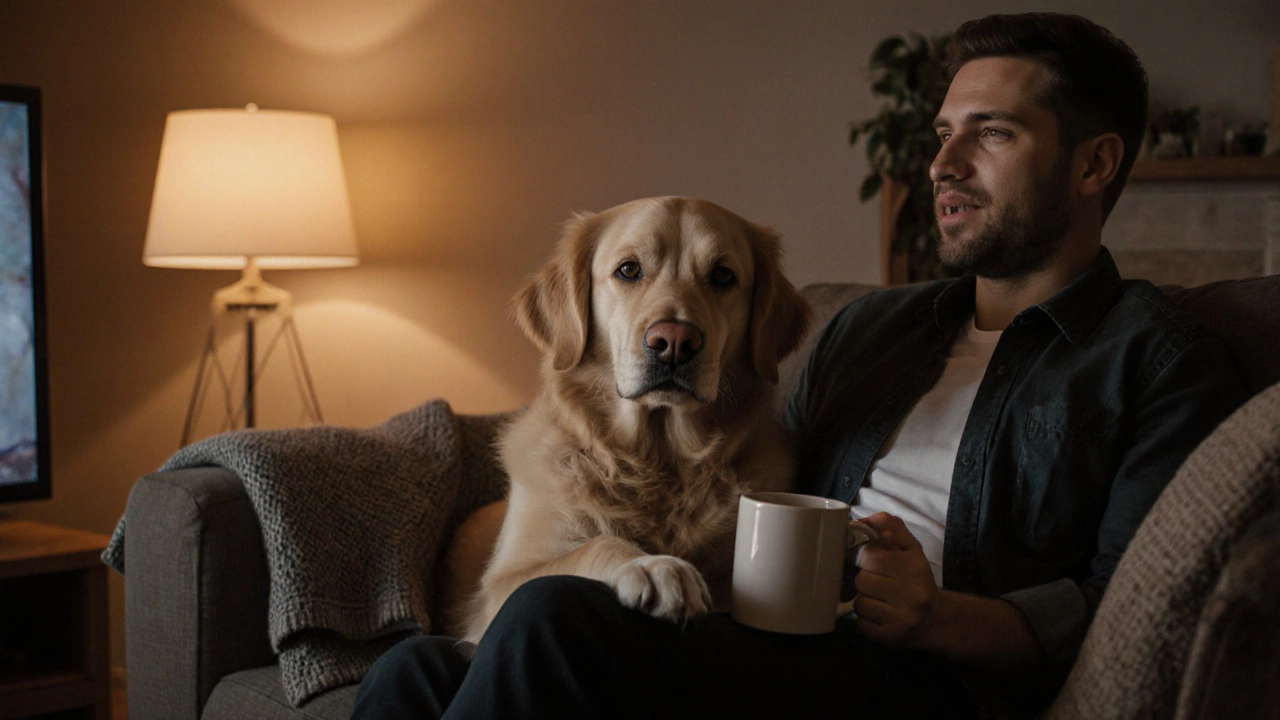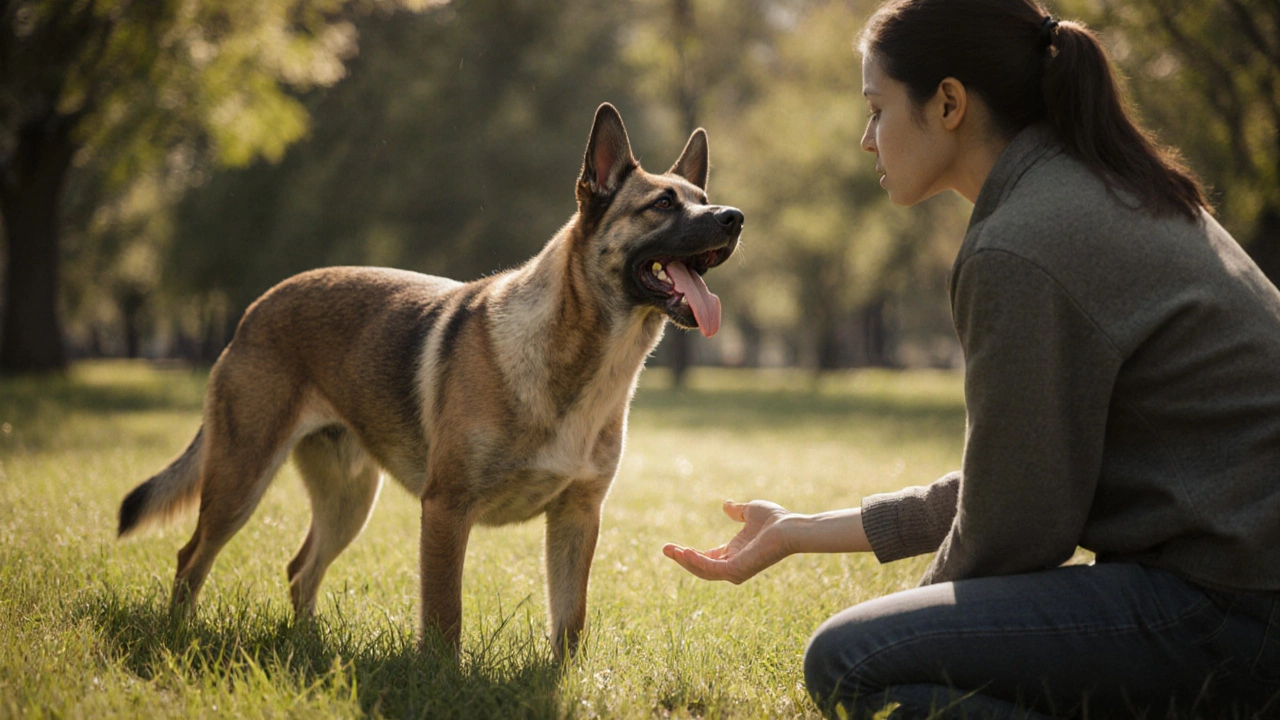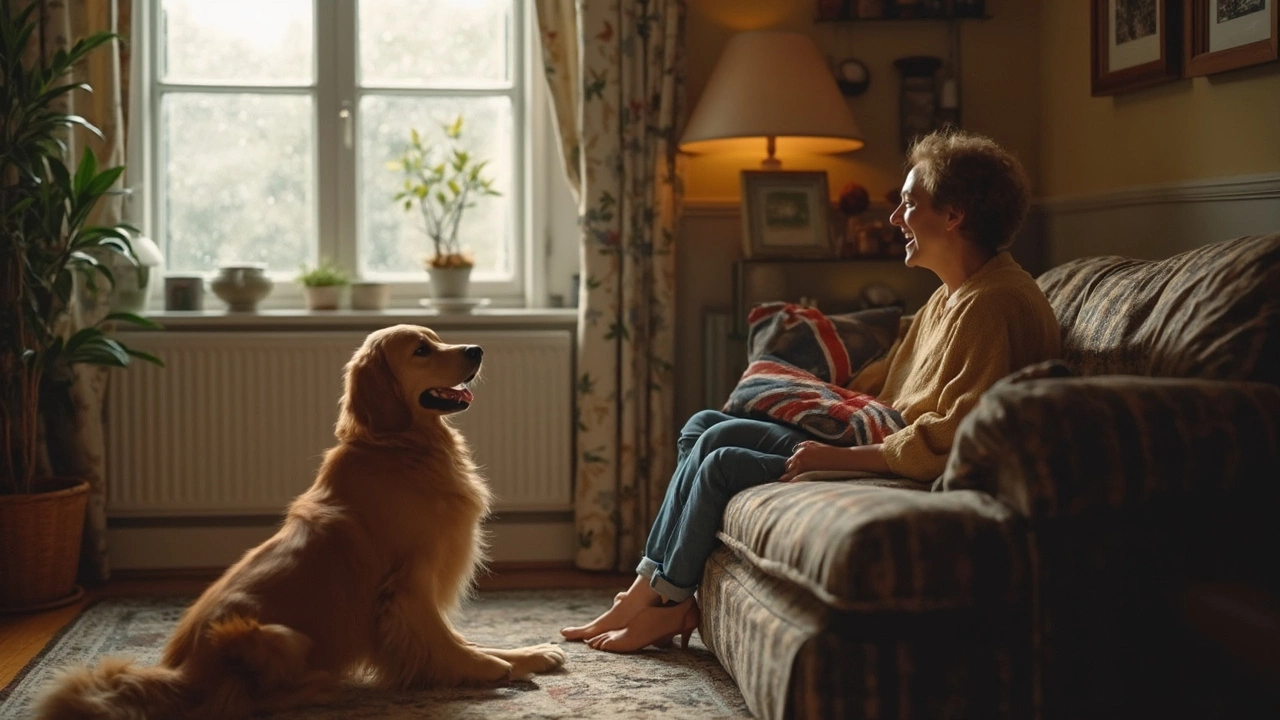Dog Body Language: How to Read Your Pup’s Signals
Ever wonder what your dog is really saying when it wags its tail or lifts a paw? Dogs don’t use words, but they talk all the time with their bodies. Understanding those signals can stop misbehaviour, reduce anxiety, and make life smoother for both of you.
First, pay attention to the whole picture. A wagging tail alone isn’t always a sign of joy – the position, speed, and accompanying posture matter. A low, slow wag with ears back often means the dog is nervous, while a high, fast wag with a relaxed body usually means excitement.
Key Signals to Spot
Tail position. High and stiff? Your dog might be alert or feeling dominant. Low and tucked? Fear or submission. A relaxed, mid‑level tail suggests calm confidence.
Ears. Forward and perked up? Your dog is interested and attentive. Flattened against the head? It could be scared or trying to appease.
Eyes. Soft, relaxed eyes show comfort. Direct, hard stares can be a warning. If you see a quick glance away or a ‘soft eye’, the dog is likely trying to avoid conflict.
Body posture. A loose, ‘melted’ stance means the dog feels safe. A stiff, upright posture signals readiness to act – either play or protect. When a dog rolls onto its back and exposes the belly, it’s usually a sign of trust, but watch for a tense belly and rapid breathing, which could mean the dog is uncomfortable.
What to Do With the Info
Now that you can read the signs, use them to guide your actions. If a dog shows fear – ears back, tail tucked, low body – give it space, speak softly, and avoid sudden movements. When you see play signals – loose body, wagging tail, play bow – join in with a gentle game of fetch or tug.
Training gets easier too. A dog that lifts a paw while looking at you is often asking for attention; reward the behavior with praise or a treat. Conversely, a dog that freezes and stares can be overwhelmed; step back and let the situation calm down before trying again.
Remember, each dog is unique. Your puppy might wag its tail in ways different from an older Labrador. Keep a journal of the signals you notice and how your dog reacts. Over time you’ll spot patterns, and the decoding will become second nature.
Finally, stay consistent. If you react differently to the same signal, the dog will get confused. Use the same calm voice, same body language, and the same rewards each time you read a cue. Consistency builds trust, and trust makes any dog easier to live with.
So next time your canine flicks its ear or shifts its weight, you’ll know exactly what’s going on. Reading dog body language isn’t a magic trick – it’s good observation, a bit of practice, and a lot of patience. Give it a try and watch your bond grow stronger every day.
Posted By Bryndle Redding On 27 Oct 2025 Comments (0)
Why Does My Dog Put His Paw on Me? Dog Behavior Explained
Why does your dog put his paw on you? It's not always about begging. Learn the real reasons behind this common behavior-from affection and anxiety to pain-and how to respond in ways that strengthen your bond.
READ MOREPosted By Bryndle Redding On 8 Oct 2025 Comments (0)
Dog Petting Etiquette: Where Not to Touch Your Canine
Learn which spots on a dog are off‑limits for petting, read warning signs, and follow a simple checklist to keep both you and the dog comfortable.
READ MOREPosted By Bryndle Redding On 21 May 2025 Comments (0)
Why Do Dogs Stretch When They See You? The Surprising Reason Behind This Adorable Habit
That big stretch your dog does when you walk in the door isn’t just about working out kinks – it’s their way of saying hello and showing affection. This article dives into why dogs stretch when they spot you and what it can tell you about their mood, health, and your bond. Expect practical tips for encouraging healthy stretching and making sure your dog feels comfy, especially when it comes to their bed. Learn how reading your dog’s body language makes both of you happier. Find out what to do if your dog’s stretching seems out of the ordinary.
READ MORE

